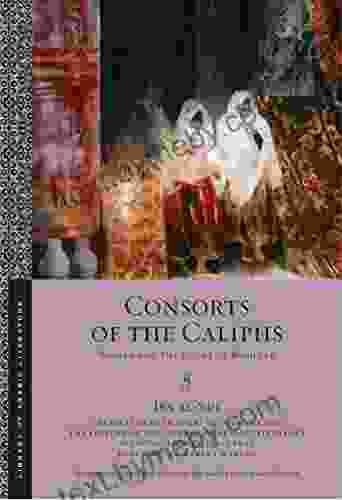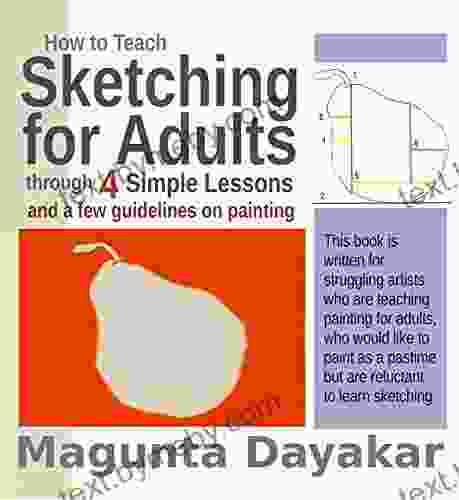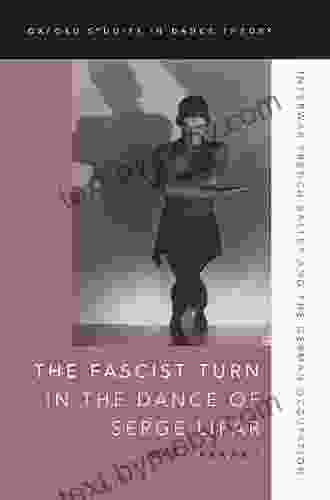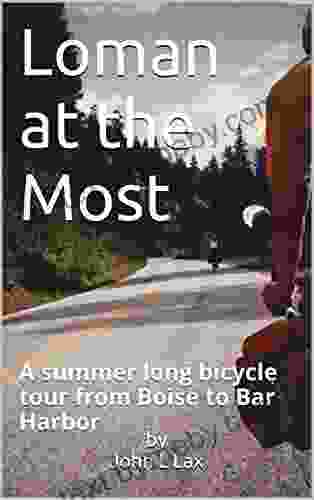Unveiling the Dark Dance: The Fascist Turn in Serge Lifar's Choreography

Serge Lifar, the legendary Russian-born dancer and choreographer, is widely revered for his groundbreaking contributions to the world of ballet. His innovative choreographic style revolutionized classical ballet in the 20th century, earning him accolades and international recognition. However, beneath the shimmering facade of his artistic brilliance lay a sinister secret: his involvement with fascism.
In the 1930s and 1940s, as Europe plunged into the abyss of totalitarianism, Lifar's political views took a disturbing turn. His admiration for the aesthetics of classical Greece and his belief in the superiority of an elite artistic class led him into a dangerous embrace of fascist ideology.
5 out of 5
| Language | : | English |
| File size | : | 31943 KB |
| Text-to-Speech | : | Enabled |
| Screen Reader | : | Supported |
| Enhanced typesetting | : | Enabled |
| Print length | : | 291 pages |
| Lending | : | Enabled |
This article delves into the complex and deeply troubling relationship between Serge Lifar and fascism, exploring the factors that influenced his descent into political extremism and the consequences it had on his life and career.
The Seeds of Ideology
Serge Lifar was born in Kiev, Ukraine, in 1905, into a family of Russian intelligentsia. His early years were marked by tragedy, with the loss of both his parents during the Russian Revolution. This traumatic event left a profound impact on Lifar, fostering in him a sense of displacement and a longing for stability.
Lifar's artistic education began in Kiev, where he studied at the Imperial Ballet School. His exceptional talent was immediately apparent, and he quickly rose through the ranks, showcasing his virtuosity as a dancer and choreographer. In 1922, he left Russia for France, seeking refuge from the tumultuous political climate and hoping to find a more conducive environment for his artistic growth.
In Paris, Lifar met Diaghilev, the legendary impresario of the Ballets Russes, who recognized his extraordinary talent and invited him to join the company. Diaghilev's influence on Lifar was profound, not only in shaping his artistic sensibilities but also in fostering his growing interest in classical antiquity and the cult of the individual.
Aesthetic Fascism: The Cult of the Body
Lifar's fascination with classical Greece led him to adopt a neoclassical aesthetic in his choreography. He believed that the human body was a temple of perfection, and he sought to glorify its athleticism and grace through his dance. This aesthetic fascism, as it has been called, celebrated the physical prowess of the dancer and emphasized the importance of discipline and control.
In the 1930s, Lifar's neoclassical style gained increasing popularity, particularly in fascist regimes such as Nazi Germany and Italy. These regimes saw in Lifar's choreography a reflection of their own ideological values: the cult of the body, the emphasis on physical perfection, and the glorification of the individual.
Political Affiliations: From Nazi Germany to Vichy France
Lifar's admiration for classical Greece and his belief in the superiority of an elite artistic class led him to align himself with fascist movements in Europe. In 1933, he met with Joseph Goebbels, the Nazi propaganda minister, and expressed admiration for Hitler's regime. Goebbels, in turn, was impressed by Lifar's artistic vision and saw in his choreography a potential tool for Nazi propaganda.
In 1940, when France was occupied by Nazi Germany, Lifar became the director of the Paris Opera. He used his position to promote his fascist views, emphasizing the role of ballet as a means of shaping the national character and glorifying French culture. Lifar also collaborated with the Vichy regime, which was established by Marshal Philippe Pétain as a collaborationist government with Nazi Germany.
The Resistance and Post-War Reckoning
Lifar's affiliation with fascism was not without its detractors. Many members of the French resistance movement viewed him as a traitor, and he was accused of collaborating with the Nazis. In 1944, after the liberation of France, Lifar was arrested and detained for several months. However, he was eventually released due to lack of evidence.
Despite the accusations and controversies, Lifar continued to pursue his artistic career after the war. He returned as director of the Paris Opera and continued to produce groundbreaking ballets. However, his legacy remained tainted by his involvement with fascism, and his reputation never fully recovered.
Serge Lifar's descent into fascism was a complex and tragic tale, shaped by a combination of personal trauma, artistic ambition, and political extremism. His embrace of fascist ideology blinded him to its evils and ultimately damaged his reputation as an artist and a human being.
The story of Serge Lifar serves as a cautionary tale about the dangers of allowing artistic expression to be tainted by political extremism. It reminds us of the importance of maintaining an unwavering commitment to human rights and universal values, regardless of artistic or ideological affiliations.
Serge Lifar's legacy as a dancer and choreographer remains complex and controversial. His innovative choreographic style continues to inspire dancers and choreographers today, but his association with fascism forever casts a shadow over his artistic achievements.
5 out of 5
| Language | : | English |
| File size | : | 31943 KB |
| Text-to-Speech | : | Enabled |
| Screen Reader | : | Supported |
| Enhanced typesetting | : | Enabled |
| Print length | : | 291 pages |
| Lending | : | Enabled |
Do you want to contribute by writing guest posts on this blog?
Please contact us and send us a resume of previous articles that you have written.
 Book
Book Novel
Novel Page
Page Chapter
Chapter Text
Text Story
Story Genre
Genre Reader
Reader Library
Library Paperback
Paperback E-book
E-book Magazine
Magazine Newspaper
Newspaper Paragraph
Paragraph Sentence
Sentence Bookmark
Bookmark Shelf
Shelf Glossary
Glossary Bibliography
Bibliography Foreword
Foreword Preface
Preface Synopsis
Synopsis Annotation
Annotation Footnote
Footnote Manuscript
Manuscript Scroll
Scroll Codex
Codex Tome
Tome Bestseller
Bestseller Classics
Classics Library card
Library card Narrative
Narrative Biography
Biography Autobiography
Autobiography Memoir
Memoir Reference
Reference Encyclopedia
Encyclopedia Mark Cotta Vaz
Mark Cotta Vaz Shelly Kim
Shelly Kim Will Thornton
Will Thornton Marcello Di Cintio
Marcello Di Cintio Suzanne Vizethann
Suzanne Vizethann Matthew Quirk
Matthew Quirk Marianne Richmond
Marianne Richmond Timothy D Wilson
Timothy D Wilson Lixin Wu
Lixin Wu Suzanne Koven
Suzanne Koven Nancy Yunhwa Rao
Nancy Yunhwa Rao Philip Gibson
Philip Gibson Marcia Reynolds
Marcia Reynolds Mark Goldstein
Mark Goldstein Madhumita Mocharla
Madhumita Mocharla Michael O Emerson
Michael O Emerson Lizzie Collingham
Lizzie Collingham Mark Christian Thompson
Mark Christian Thompson Richard Sorger
Richard Sorger Marion Zimmer Bradley
Marion Zimmer Bradley
Light bulbAdvertise smarter! Our strategic ad space ensures maximum exposure. Reserve your spot today!

 Ismael HayesConsorts of the Caliphs: Unveiling the Hidden Lives of the Women Behind the...
Ismael HayesConsorts of the Caliphs: Unveiling the Hidden Lives of the Women Behind the...
 George Bernard ShawInternational Equilibrium and Bretton Woods: The Economic Foundations of the...
George Bernard ShawInternational Equilibrium and Bretton Woods: The Economic Foundations of the...
 Desmond FosterHow to Teach Sketching for Adults: A Comprehensive Guide to Basic Techniques...
Desmond FosterHow to Teach Sketching for Adults: A Comprehensive Guide to Basic Techniques... Jared NelsonFollow ·8.2k
Jared NelsonFollow ·8.2k William PowellFollow ·15.8k
William PowellFollow ·15.8k Julio Ramón RibeyroFollow ·6.5k
Julio Ramón RibeyroFollow ·6.5k Alan TurnerFollow ·4.1k
Alan TurnerFollow ·4.1k Cade SimmonsFollow ·10.5k
Cade SimmonsFollow ·10.5k Edgar Allan PoeFollow ·2.7k
Edgar Allan PoeFollow ·2.7k Will WardFollow ·15k
Will WardFollow ·15k Jimmy ButlerFollow ·3k
Jimmy ButlerFollow ·3k

 Clay Powell
Clay Powell20 Must Visit Attractions In La Paz, Bolivia
La Paz, Bolivia...

 Giovanni Mitchell
Giovanni MitchellUltimate Guide to Special Forces Skills, Tactics, and...
The world of...

 Joseph Heller
Joseph HellerThe Texas Ranger and Hunter Illustrated: A Visual Journey...
Prepare to embark on an...

 José Martí
José MartíThe Secrets and Science of Ads That Sell More: A...
Are you struggling to create...

 Eli Blair
Eli BlairAdolescents and Their Families: A Comprehensive Guide for...
Adolescence,...

 Neil Gaiman
Neil GaimanMosby Diagnostic and Laboratory Test Reference: The...
In the dynamic healthcare landscape, staying...
5 out of 5
| Language | : | English |
| File size | : | 31943 KB |
| Text-to-Speech | : | Enabled |
| Screen Reader | : | Supported |
| Enhanced typesetting | : | Enabled |
| Print length | : | 291 pages |
| Lending | : | Enabled |






